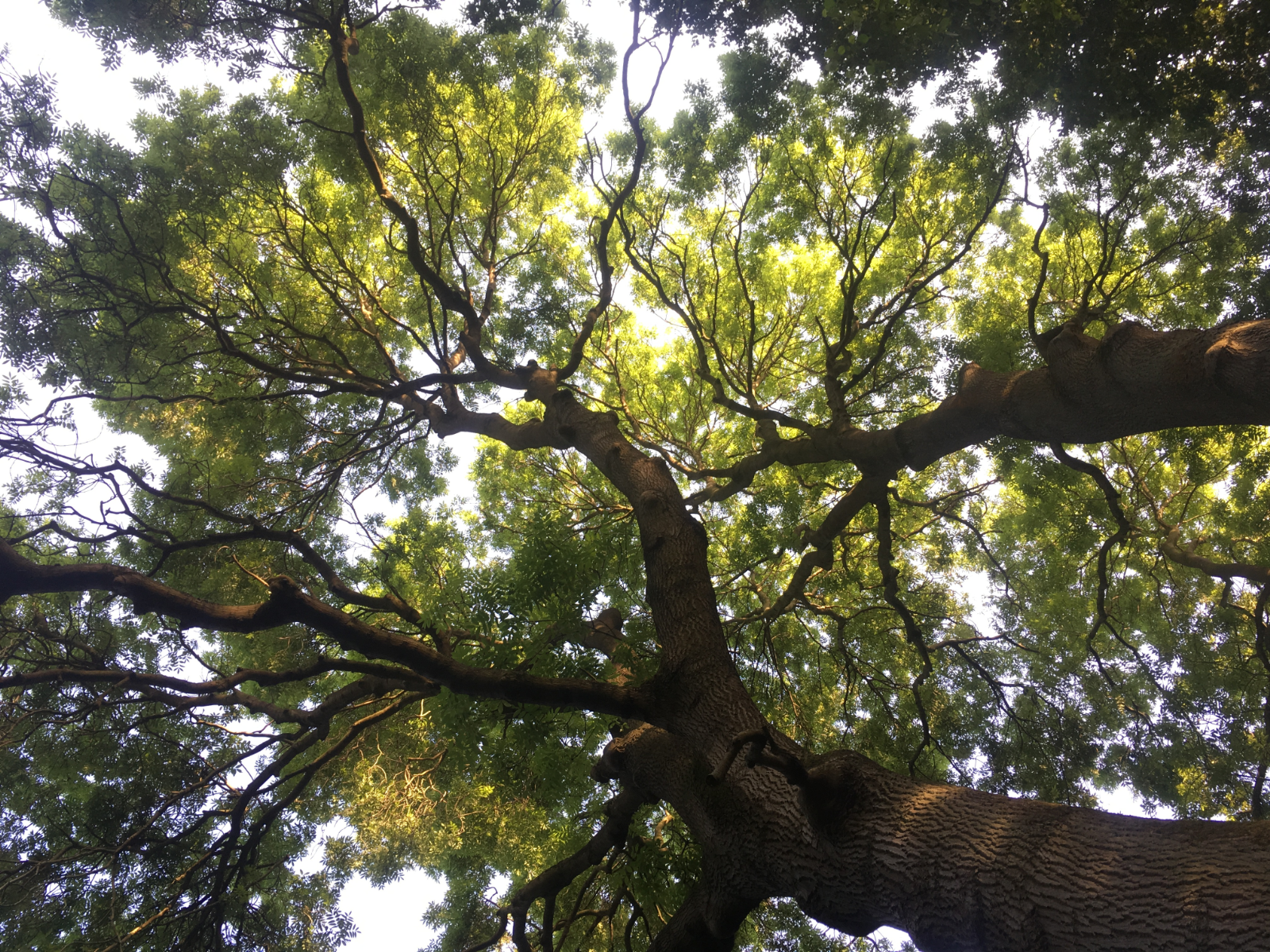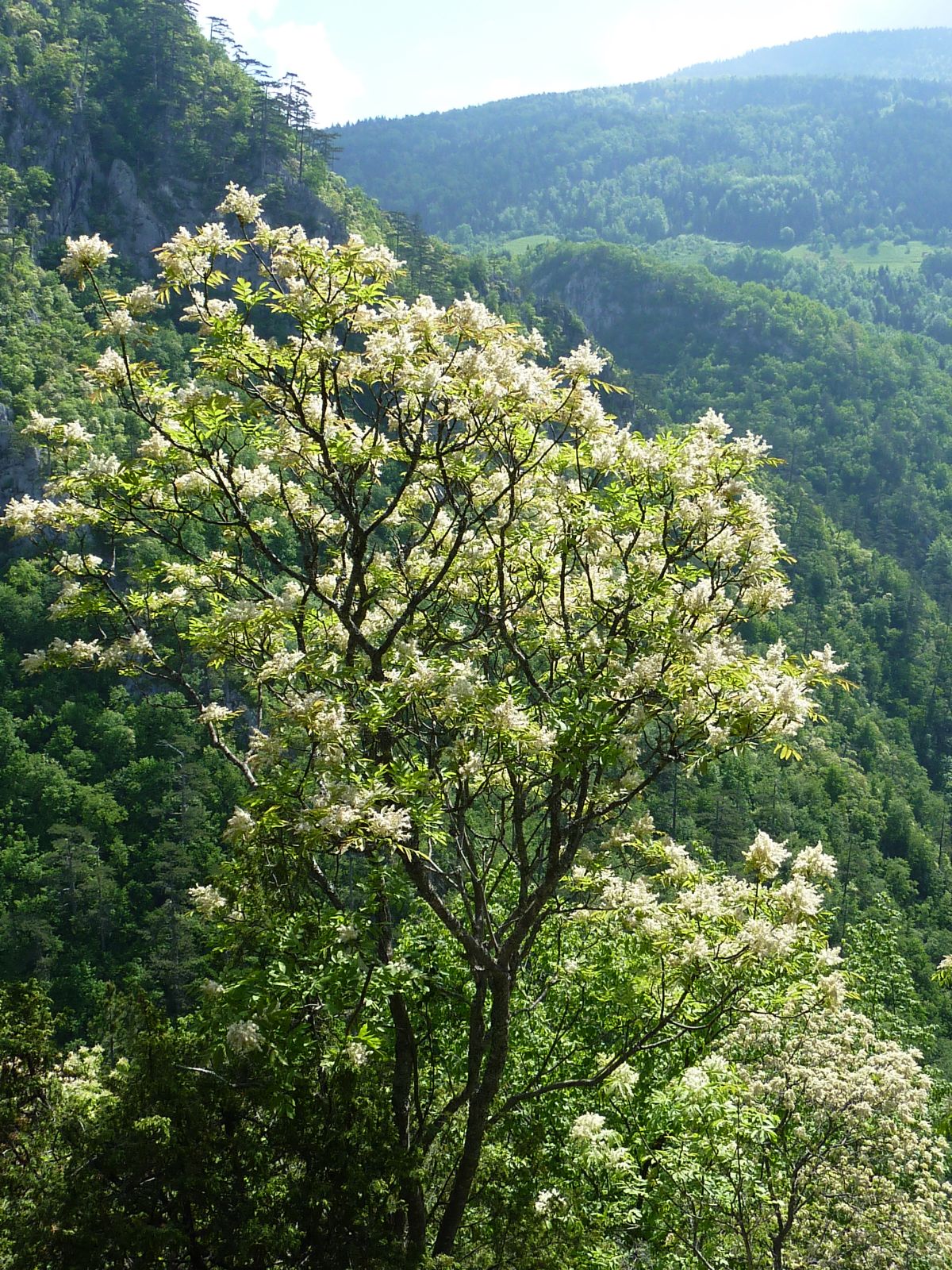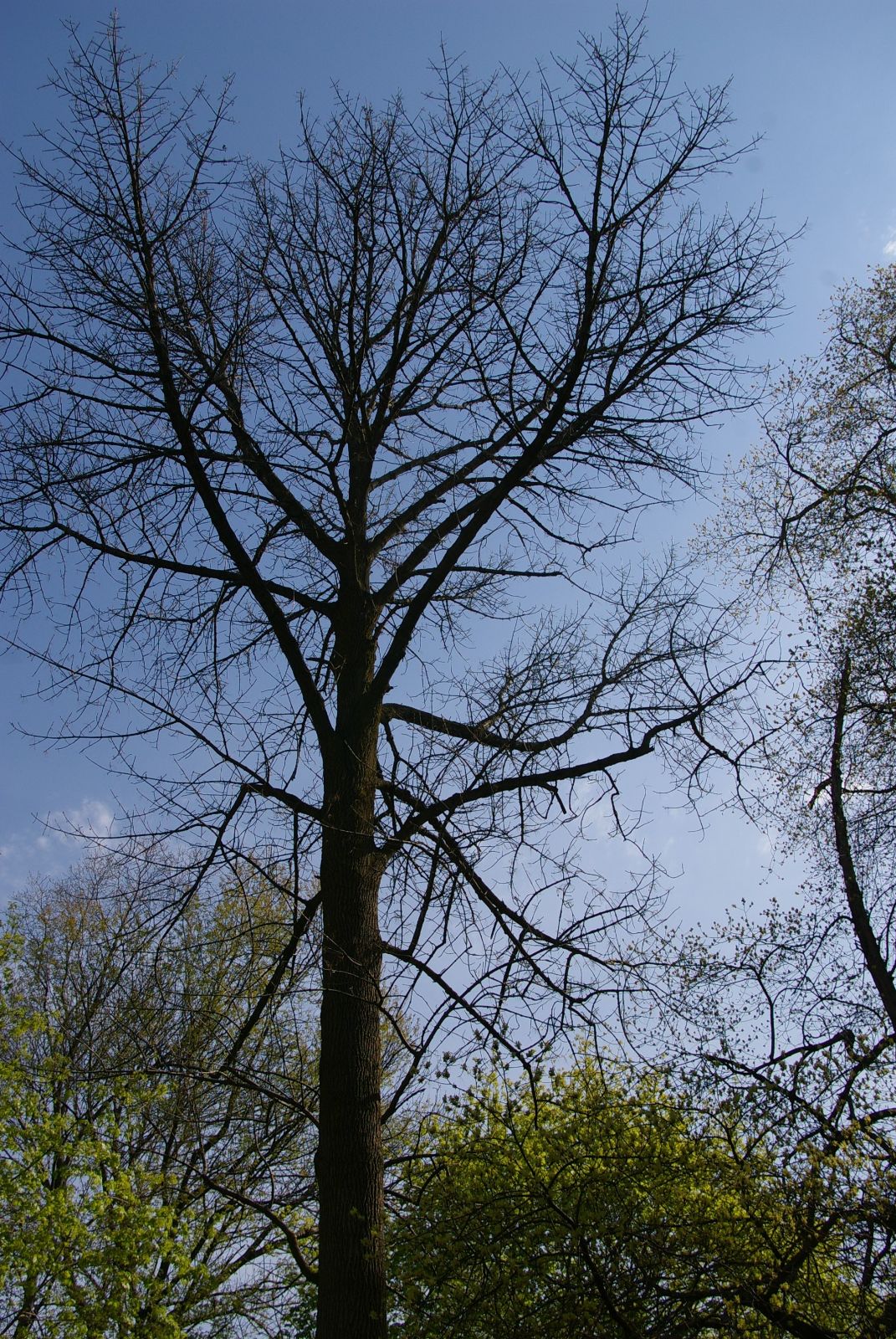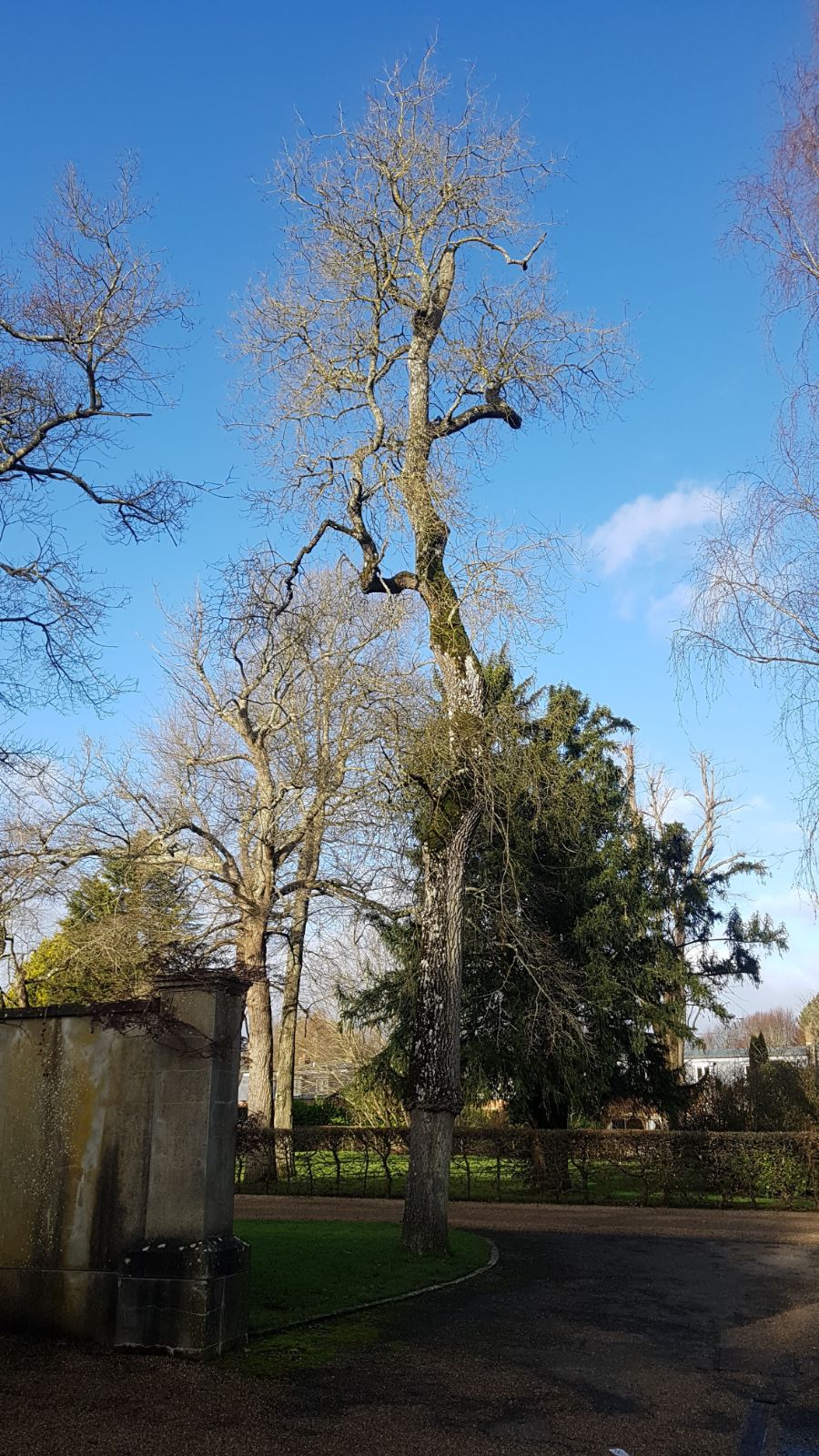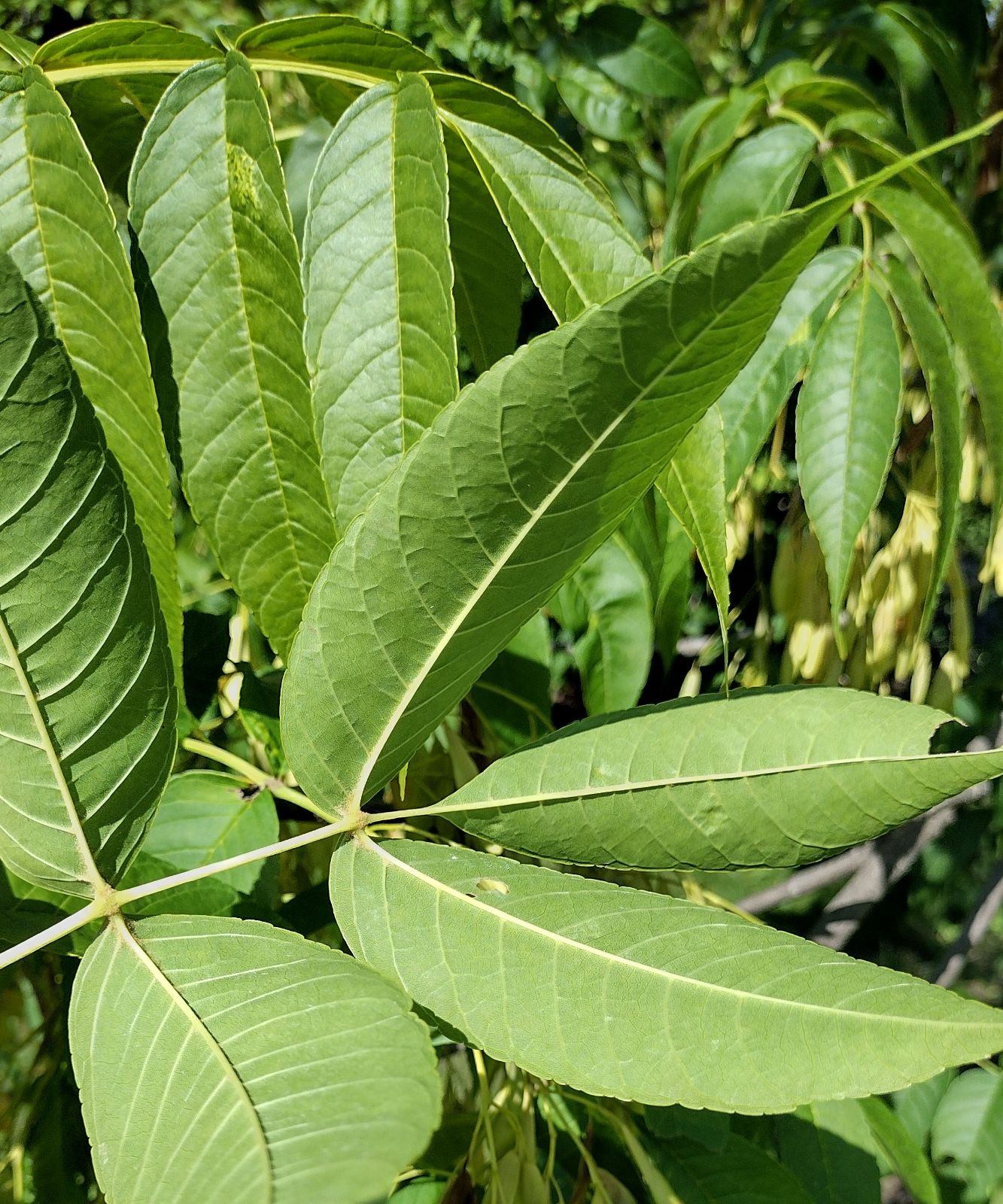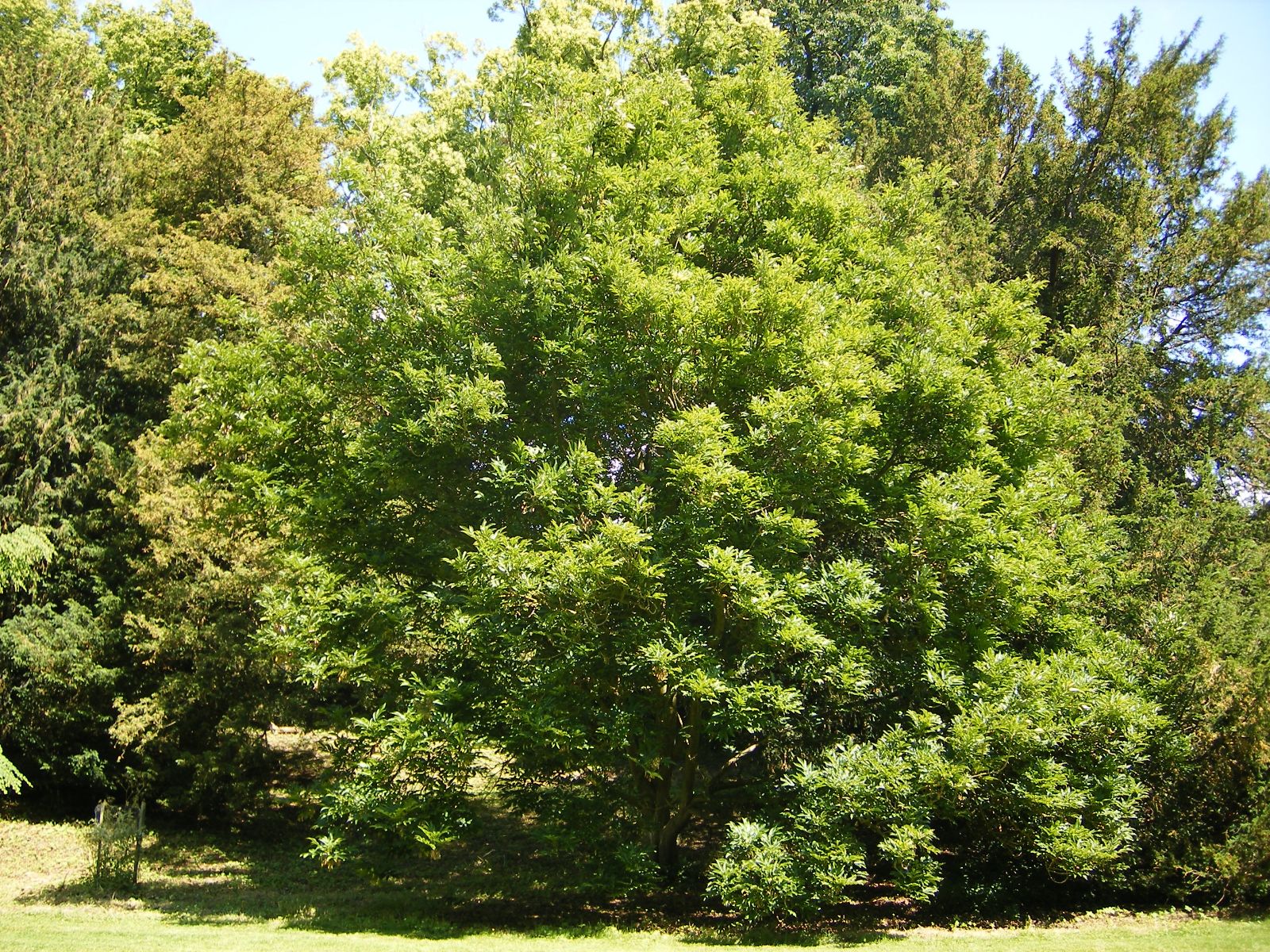Fraxinus
Credits
Article from Bean's Trees and Shrubs Hardy in the British Isles
Article from New Trees by John Grimshaw & Ross Bayton
Recommended citation
'Fraxinus' from the website Trees and Shrubs Online (treesandshrubsonline.
Family
- Oleaceae
Common Names
- Ashes
Species in genus
- Fraxinus americana
- Fraxinus angustifolia
- Fraxinus anomala
- Fraxinus biltmoreana
- Fraxinus bungeana
- Fraxinus caroliniana
- Fraxinus chinensis
- Fraxinus cuspidata
- Fraxinus dipetala
- Fraxinus elonza
- Fraxinus excelsior
- Fraxinus floribunda
- Fraxinus griffithii
- Fraxinus holotricha
- Fraxinus lanuginosa
- Fraxinus latifolia
- Fraxinus longicuspis
- Fraxinus mandshurica
- Fraxinus mariesii
- Fraxinus nigra
- Fraxinus obliqua
- Fraxinus ornus
- Fraxinus oxycarpa
- Fraxinus pallisiae
- Fraxinus paxiana
- Fraxinus pennsylvanica
- Fraxinus platypoda
- Fraxinus pubinervis
- Fraxinus quadrangulata
- Fraxinus rotundifolia
- Fraxinus sieboldiana
- Fraxinus sogdiana
- Fraxinus spaethiana
- Fraxinus syriaca
- Fraxinus texensis
- Fraxinus tomentosa
- Fraxinus 'Veltheimii'
- Fraxinus velutina
- Fraxinus xanthoxyloides
There are 40–50 species of Fraxinus, distributed primarily in the temperate and subtropical northern hemisphere (Wallander & Albert 2000). They are typically deciduous trees, though evergreen and shrubby species occur. The branches and branchlets are covered with lenticels. The leaves are imparipinnate and opposite or rarely whorled; the petioles and petiolules are swollen at the base. Inflorescences are terminal or axillary on current growth, or in a lateral position on branches produced the previous year. They are paniculate and composed of numerous, small flowers. Fraxinus species are typically dioecious, but may be monoecious or polygamous. The calyx is four-lobed or absent; the corolla is white or yellowish and is four-lobed or has four free petals, or is absent; there are only two stamens. Unusually in the Oleaceae, the fruit is a samara with a single, elongated wing, known in English as a ‘key’ (Chang et al. 1996).
A monograph of Fraxinus is currently being prepared by Eva Wallander of Gothenburg University in Sweden and this is expected to propose major changes in the taxonomy of the genus, including a significant reduction of the number of species recognised. Some of these are presaged in Wallander & Albert (2000), and the cross-references given in the accounts that follow reflect this taxonomy. In some cases, however, a name has not, at the time of writing, been included in the published work of Wallander and her co-workers, and its position or synonymy cannot be stated. Such names are marked here with an asterisk (*); it is probable that in the monograph most will be treated as synonyms.
Fraxinus is an important genus of large handsome trees, but seems to generate very little enthusiasm among dendrologists, at least in Europe. Whether this is because of the free-seeding, almost weedy nature of the European Ash F. excelsior and hence its frequency in the landscape, or some other reason, is not clear. The lack of interest is evident in the paucity of new cultivars of F. excelsior: even the important street tree cultivars ‘Atlas’ and ‘Westhof’s Glorie’ were selected as long ago as the 1940s (Krüssmann 1985a). This compares to the plethora of selections made recently in American ashes, particularly F. americana and F. pennsylvanica, valued for their solid presence in the landscape and often fine autumnal colour. Most such selections are male trees and thus do not produce a large crop of seed and seedlings to deal with. Dirr (1998) lists and describes a wide range of such clones, but also mentions a number of pests and diseases that can be a problem, even within the trees’ native range. In addition to these problems, American Fraxinus are facing a new threat from an introduced insect, the Emerald Ash Borer Agrilus planipennis from Asia, first discovered in Michigan in 2002. Since that time it has killed over 20 million ash trees in Michigan, Ohio and Indiana, and has also been found in Ontario. Quarantines on moving ash wood and plants are in place in these states, in an effort to contain the pest, and the problem has received widespread publicity in the United States. A very comprehensive website (www.emeraldashborer.info) is available for those seeking further information.
Several recent collections have been made of Fraxinus sikkimensis (Lingelsh.) Hand.-Mazz., a taxon recognised by Flora of China but not by Wallander & Albert (2000), who include it in F. paxiana (see Bean and Krüssmann: B223, K92). According to the key in Flora of China (Chang et al. 1996), the differences between these two taxa are at best slight, based on variations in leaf hairiness and shape of the leaf rachis, with some separation of distributions. Trees labelled F. sikkimensis seen in research for the current work are attractive, with large leaves that are russet-hairy below. Examples include a specimen of 8 m in 2004 at Quarryhill, grown from SICH 116, and a slightly shorter one from KGB 0659 in the David C. Lam Asian Garden in Vancouver. It is said to have good bronzy red autumn colour in China (W. McNamara, pers. comm. 2004), and to have the showiest inflorescences of the entire genus (Wharton et al. 2005).
Most species of ash were introduced many years ago, but the majority have now become rather scarce in cultivation. The various Mexican species are the exception, as most have not yet been introduced. If parallels with other genera are useful, these could represent an interesting new pool of diversity.
Fraxinus species are in general tolerant of growing conditions throughout our area, but the American species thrive best in areas with hot summers. The genus seems to be tolerant of most soil types, but appreciates good living. Propagation is by seed (and for once hybridisation does not seem to be a recorded problem) or by grafting onto stocks of species from the same section of the genus.
Bean’s Trees and Shrubs
Fraxinus
Ash
A group of some 60 species of deciduous trees and a few shrubs, all except three found in the temperate latitudes of the northern hemisphere. They have normally opposite, equally pinnate leaves, but in some species and varieties the leaflets are reduced to one, and the leaves are sometimes in whorls of three, and on odd shoots not infrequently alternate. The inflorescences vary considerably in beauty in different species. In the most ornamental group, the ‘flowering’ ashes, both corolla and calyx are present, and the flowers are borne very numerously in panicles from the end of the young shoot and from the axils of the terminal pair of leaves. This is the section Ornus (manna ash group). In F. chinensis and its Japanese ally the flowers are borne as in the manna ash, but they lack petals (section Ornus, subsection Ornaster). In the second and larger section of the genus – section Fraxinus (Fraxinaster) – the flowers are produced before the leaves from lateral leafless buds on the previous season’s shoots, and are without petals (except in the anomalous F. dipetala). In the subsection Bumelioides, to which our common ash (F. excelsior) belongs, the calyx, too, is lacking.
The flowers are sometimes perfect, sometimes unisexual; and perfect male and female flowers may be found either altogether or separately on one tree. It is said that the flowers of a tree may sometimes be all or mostly one sex one year, and the other sex the next. Stamens usually two. Fruit one- or two-celled, one- or two-seeded, developing at the end a long, flattened wing or membrane, usually from 3⁄4 to 11⁄2 in. long and 1⁄4 to 1⁄3 in. wide. Many of the species hereinafter described do not flower in this country, and even those that do, like the common ash, do not carry crops of fruit every year. From all its allies in gardens, except Jasminum and one species of Syringa, Fraxinus is distinguished by its pinnate leaves.
In gardens and parks, the ashes are welcome for their stately form and fine pinnate foliage. Some of them, like F. excelsior and F. americana, yield an admirable timber. They are frequently found in nature on a limestone formation, and should be especially noted by those whose ground is so situated. For the rest, they are gross feeders, and like a good soil and abundant moisture. They should always, if possible, be raised from seeds, which may be sown in cold frames or shallow boxes, and thinly covered with soil. Grafting for the weeping, coloured, and other garden varieties has, perforce, to be resorted to, but the stock should always be of the species to which the variety belongs. The ashes produce a very fibrous and extensive root system, which renders their transplanting safe and easy. The only species at all unsatisfactory in cultivation are those like F. nigra and F. mandshurica, which, being excited into growth by unseasonable warmth early in the year, are almost invariably cut back by later frost. Some species, like F. dipetala, need rather more warmth than our climate affords. But given a good soil, and not too exposed a position, the ashes generally are satisfactory.
The following is a selection of the more desirable species:
F. angustifolia; F. americana; F. excelsior diversifolia, ‘Jaspidea’ and ‘Pendula’; F. latifolia (oregona); F. mariesii; F. oxycarpa; F. pennsylvanica; F. ‘Raywood’; F. spaethiana; F. velutina.
The only important modem work on the ashes is Gertrude N. Miller’s study of the North American species (Cornell Univ. Agric. Exp. Stn. Mem. 334, February 1955).
From the Supplement (Vol.V)
The taxonomy and nomenclature of some east Asiatic species are clarified by Toshiyuki Nakaike in ‘A Synoptical Study on the Genus Fraxinus from Japan, Korea and Formosa’, in Bull. Nat. Sci. Mus. Tokyo, Vol. 15(3), pp. 475–512 (1972).
A valuable study of the cultivated species by H. Scheller appeared in the Mitteilungen of the German Dendrological Society (Mitt. Deutsch. Dendr. Ges.), No. 69, pp. 49–162 (1977).

